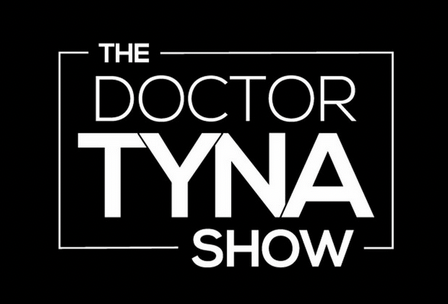A case of late onset obsessive-compulsive disorder following an upper respiratory infection
Michael Kandalaft, Edison Leung, Kristin Budd, Jordan Shull, Kendra Anderson,
A case of late onset obsessive-compulsive disorder following an upper respiratory infection,
Psychiatry Research Case Reports, Volume 1, Issue 2, 2022, 100078, ISSN 2773-0212, https://doi.org/10.1016/j.psycr.2022.100078.
This case demonstrates the potential for adult-onset obsessive-compulsive disorder following infection and the value of a complete medical history during psychiatric hospitalization. With the relative rarity of adult-onset obsessive-compulsive disorder, further studies are warranted to determine the treatment and mechanism of pathology.



